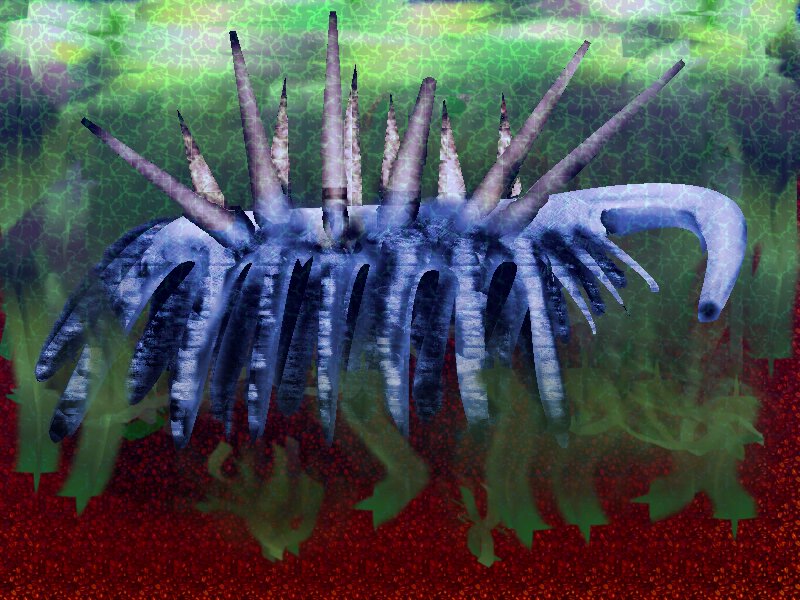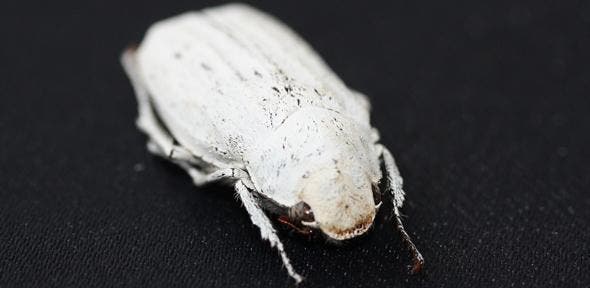Hallucigenia sparsa has found a home

Artists rendereing of Hallucigenia (Photo: Scorpion451 // CC-BY-SA-2.5. wikipedia: http://bit.ly/1wgt2hA)
When Charles Doolittle Walcott discovered the first Hallucigenia sparsa, a strange looking creature with lots of spikes and legs, he started a classification discussion that would last for more than 100 years. Until recently the bizarre fossil had not found it’s place in the evolutionary Tree of Life – nobody could tell what it actually was. As you can see on the picture above, the critter looks a lot like something you might find in your nightmares. And it’s looks are also the reason for Hallucigenias being used as the creature’s names. It’s said to be a reference to the “dreamlike” appearance of the species.
Creature from the abyss
Around 500 million years ago, the millipede-like creature with spikes lived during the Cambrian Explosion, a period in Earth’s history when most major animal phyla appeared in a relatively short amount of time. We are talking about a period of between five to 10 million years. Science has a lot of evidence in the form of fossils from this time.
The Hallucigenia were between five and 35 millimeters in length, and lived on the floor of the Cambrian oceans.
Finally the journey ends
So, now scientists of the University of Cambridge’s Department of Earth Sciences have finally classified Hallucigenia sparsa as an ancestor of the modern velvet worm. The research was published in the Aug. 17, 2014, issue of the journal Nature.






